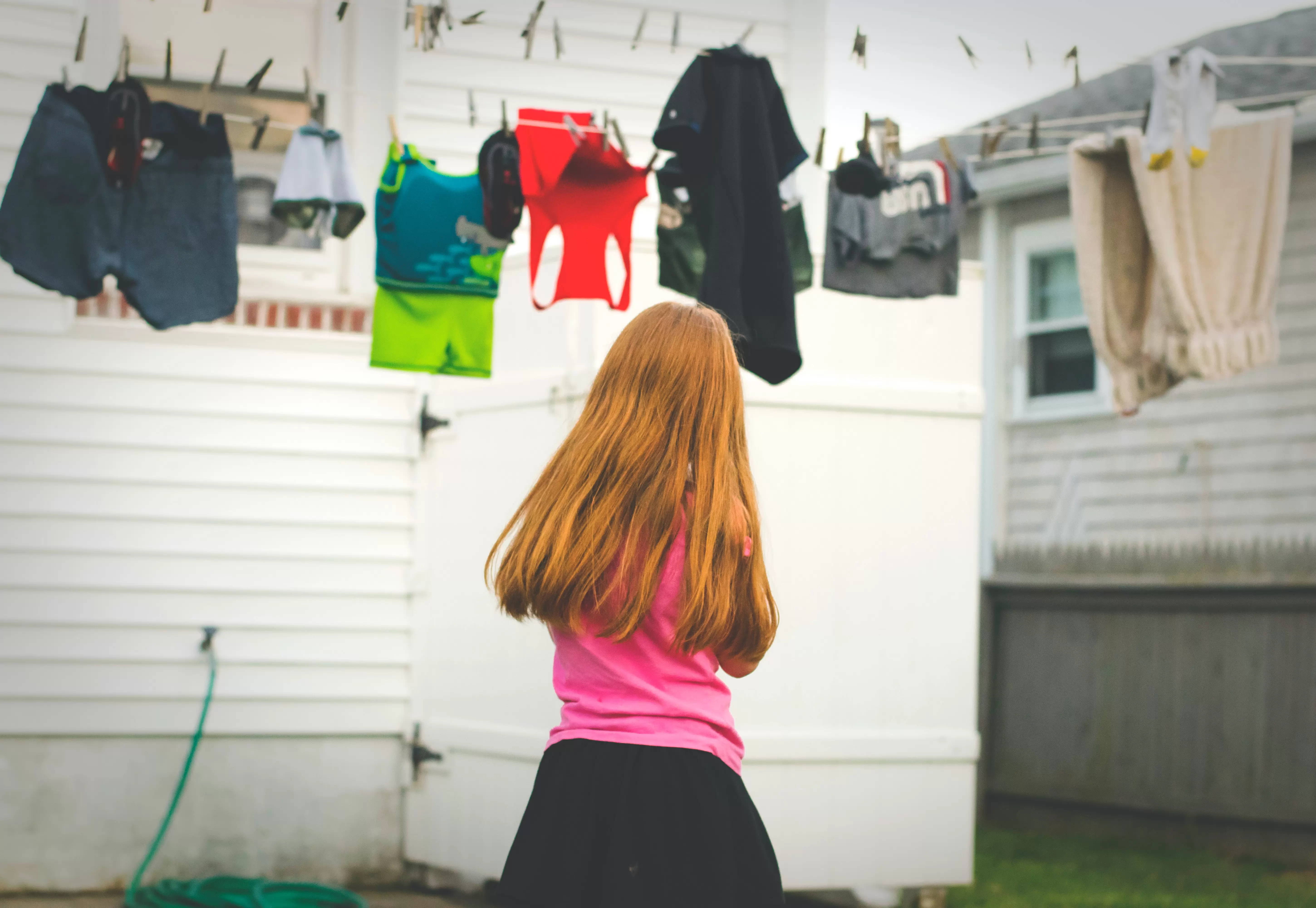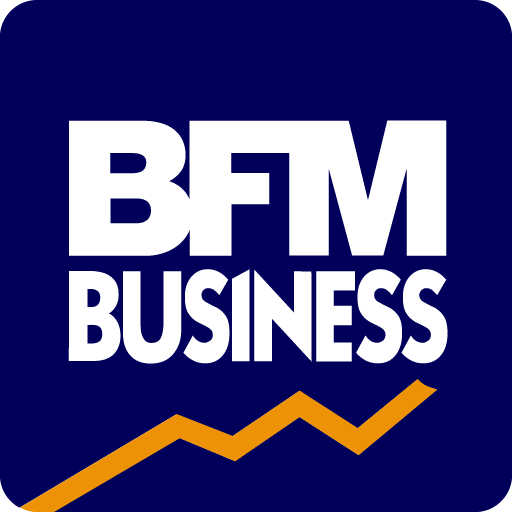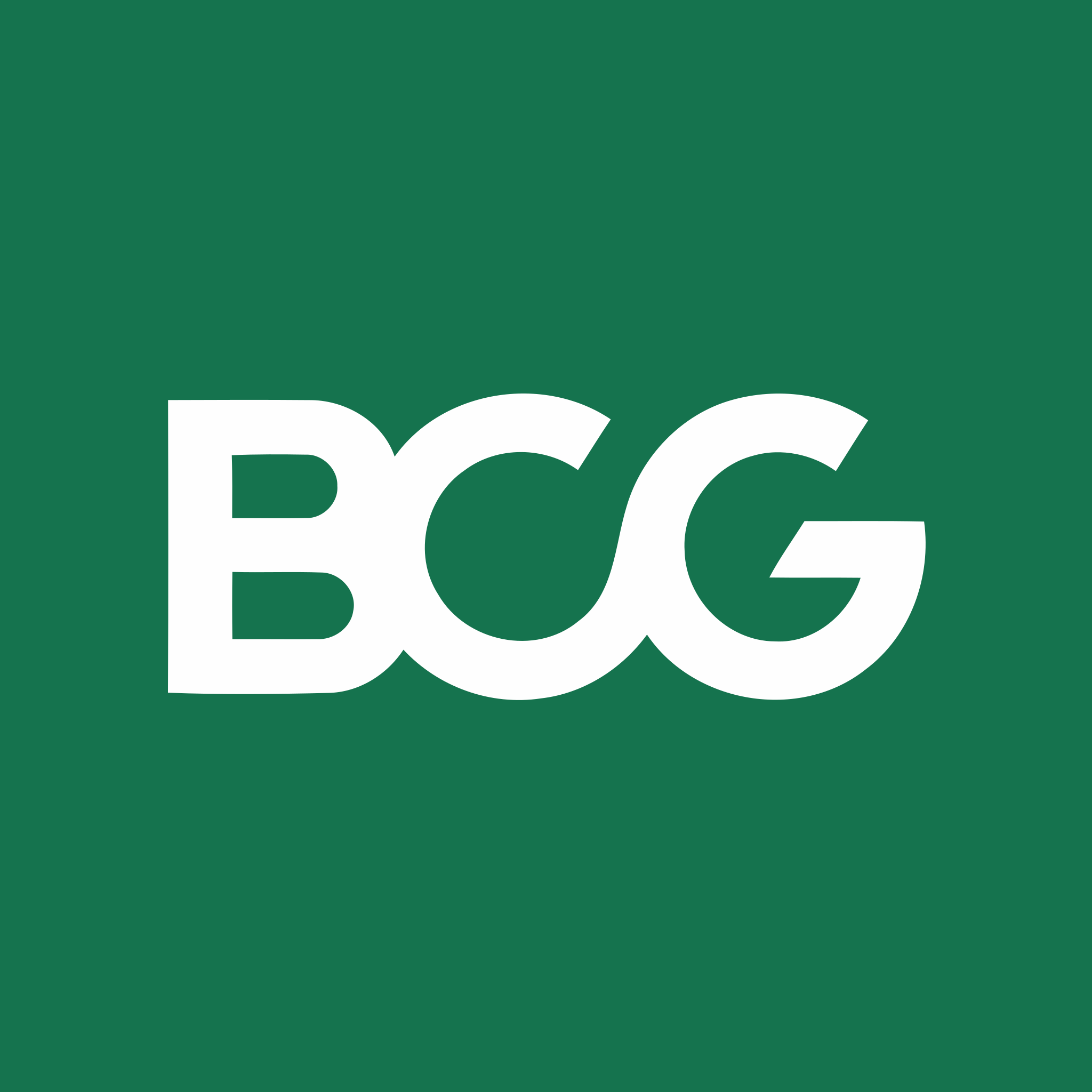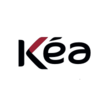Detailed content of our market study
 Inforamtion
Inforamtion
- Number of pages : 35 pages
- Format : Digital and PDF versions
- Last update :
 Summary and extracts
Summary and extracts
1 Market Overview
1.1 definition and presentation
The children's clothing market refers to all fashion clothing and accessories for children aged 0 to 14 years. The children's clothing market is growing rapidly and is considered more dynamic than adult clothing.
The United States dominates the global market, accounting for 27 percent, while China is the fastest growing country. In Europe, Germany accounts for the largest share of the market. Several new trends are noted in the market, especially as a result of a new generation of millennial parents, who are now responsible for about 50 percent of children.
In Italy, The market is structured around large specialized brands, large generalist retailers and several independent specialized players. We also find many international brands in the market, but also large tricolor brands with commercial operations around the world, such as Benetton or Chicco.
There are several factors influencing the market. These include the declining birth rate, the high level of loyalty of new parents, and the growing demand for sustainable products. In addition, parents are paying more and more attention to the quality and design of their children's clothing, thus pushing market players to adapt to this type of demand. Another important criterion is the durability of garments.
The market is experiencing a period of digitization and growth in the sustainability of materials and production processes. In fact, market players are increasingly offering items made from recycled materials and doing so using digital channels, the use of which by consumers is growing rapidly, gaining several percentage points each year.
1.2 The global market
The global children's clothing market is showing dynamic and significant growth. In ****, the global children's clothing market is valued at $***.** billion and is expected to grow to $***.** billion by ****, with a compound annual growth rate (***) of *.** percent during the forecast period.
Children's Clothing Market World, ****-****, in billions of dollars Fortunebusinessinsights
Demand for luxury children's clothing is growing, supported by increased fashion consciousness among consumers. In ****, the world market for luxury children's clothing items reached a total value of $**.** billion. A compsoto annual growth rate (***) of **.*% is projected for the period ****-****, under which the world market could reach a total value of $**.** billion by the end of the period. Children's luxury apparel market World, ****-****, in billions of dollars ***MarketUpdates
1.3 The Italian Market
Between **** and ****, the total turnover of the Italian Junior fashion industry (***), and in **** the value of turnover is higher than in ****.
Total fashion industry turnover Junionr (***) Italy, ****-****, in billion euros PittiImmagine
In contrast to total turnover, the value of production of the Junior fashion industry between **** and **** appears to be declining. In the period analyzed this fell from *** million euros to *** million euros, marking a contraction of *.* percent. Again, the advent of the pandemic had major repercussions (***) between **** and ****. Production value of the junior fashion industry Italy, ****-****, in millions of euros PittiImmagine The value of final consumption of junior apparel is also declining in Italy. Between **** and ****, the value of final consumption fell from *.** billion euros to *.** billion euros, dropping by *.* percent. Again, in **** there is the sharp contraction: -**.*%. However, the medium-term trend indicates a stagnation of consumption in Italy. Value of final consumption of junior apparel Italy, ****-****, in billions of euros Pittiimmagine
1.4 Import - Export
Between **** and ****, the economic value of trade flows related to children's clothing items in Italy are growing. During the period analyzed, the total value of exports increased from *.** billion euros to *.** billion euros, marking a growth of **.* percent. The value of imports is also growing strongly: between **** and **** these grew by **.* percent, standing at *.** billion euros in ****. The export coverage ratio, determined by the ratio of exports to imports multiplied by ***, ranges between **.* percent and **.* percent, indicating Italy's dependence on imports.
Import - Export cotton children's clothing (***) Italy, ****-****, in million euros and % Uncomtrade
Analyzing the products under HS Code *****, it is possible to highlight the main destination countries for Italian exports in ****. In this sense, Spain represents Italy's main trading partner, collecting **.*% of exports. This is followed by Switzerland (***). The United Kingdom and Greece both collect *.* percent of Italian exports while the other countries individually do not reach * percent. Main destination countries for children's clothing exports Italy, ****, % Uncomtrade in terms of inflows, China is Italy's main supplier, contributing **.* percent of total imports. This is followed by Spain, Bangladesh and India, which contribute **.* percent, **.* percent and *.* percent, respectively. The Netherlands and France account for *.* percent and *.* percent of Italian imports, while ...
1.5 The consequences of the Russian-Ukrainian conflict
the outbreak of the Russian-Ukrainian conflict in February **** resulted in, among other things, a general increase in consumer prices. The segment related to children's clothing is not exempt from this increase. Between January **** and January ****, the consumer price index for baby and children's clothing increased by *.* points, representing a *.* percent increase in consumer prices over two years. Compared with ****, the price increase stands at *.* percent.
Consumer price index for clothing for infants (***) Italy, ****-****, base ****=*** Istat
The increase in consumer prices is merely a reflection of the increase in producer prices. Between January **** and December ****, the producer price index for garment making increased by **.* points, representing a **.* percent increase in production costs. There is also a general increase in production costs in the textile industry. Also between January **** and December ****, the producer price index for textile industries increased by *.* points, representing a *.* percent increase in industry costs: Producer price index for the textile and apparel confectioning industry (***) Italy, ****-****, base ****=*** Istat
2 Demand analysis
2.1 Demand characteristics
for the analysis of the demand for children's clothing in Italy, the trend of the average monthly expenditure for the purchase of these products, the evolution of the population *-** years old, and the number of children per couple are analyzed.
Regarding the average monthly household expenditure on the purchase of children's clothing, there is substantial stability between **** and ****. During the period analyzed, the average monthly expenditure increased from €**.** per family to €**.**. However, while there is a *.* percent growth between **** and ****, between **** and **** the average monthly expenditure contracts by *.* percent.
Average monthly household expenditure on the purchase of clothing for infants (***) Italy, ****-****, in euros Istat
Despite the fact that the average monthly expenditure is substantially stable, between **** and **** the total number of children aged between * and ** years is decreasing. During the period analyzed, the total number of individuals dropped by *.* percent, from *.** million to *.** million. The decline appears to be constant during the entire period and can be attributed to the declining birth rate that has characterized the Italian demographic landscape since the ****s.
Population *-** years old Italy, ****-****, in millions Istat
The composition of the demand for baby clothes in Italy can be inferred from the composition of ...
2.2 Question Drivers
The clothing market, and therefore also the children's clothing market, are known to be historically influenced by demographic characteristics. It therefore becomes essential to analyze some characteristics of the Italian population to better understand the dynamics of demand in this market.
First among all the so-called "drivers" of demand for children's clothes are the birth rate data in Italy. As can be seen from the graph below, in this country, the number of births has dramatically plummeted within * years (***) and is expected to continue in this direction.
The main reason for this is the increasing difficulties young Italians face in finding stable employment, which results in the fact that salaries, especially in the early years of a career, are not particularly high and make young couples fear the cost of bringing a child into the world.
Number of births Italy, ****-****, in thousands of births Source: ****
Another important demographic feature to note, also explained by economic reasons, is the average age at which Italian women have their first child. As the chart below shows, Italian women in **** were becoming mothers for the first time at an average age of **.*, while more recently, in ****, the average age has risen to **.*.
Average age ...
2.3 Geographical distribution of demand
In order to visualize the geographic distribution of the demand for children's clothing in Italy, two maps were created: the first shows the geographic distribution of the population *-** years old while the second highlights the average monthly household spending on children's clothing in each Italian macro-region.
Regarding the geographic distribution of children aged *-**, in **** the Northwest and the South collect the highest shares, at **.* percent and **.* percent, respectively. The Northeast and Center present equal figures: **.* percent of the *-** year old population is concentrated in both areas. Finally, the Islands concentrate **.* percent of the total number of children aged *-**.
In terms of average monthly household spending, the South (***) with an average of **.** euros spent monthly by each family. Finally, in the Center, average household spending stands at **.** euros per month.
2.4 New demand trends: sustainability and recycling
The growing interest in sustainable children's clothing is a significant part of a broader movement toward sustainability in various sectors, including fashion. This shift reflects an increased awareness of and concern for the environmental and social impacts of our consumer choices. In the context of children's clothing, sustainability is not only about the environment, but also about the health, safety, and well-being of our youngest children. In recent years, there has been a collective awareness of the importance of reducing the ecological footprint of fashion. The apparel industry has long been criticized for its heavy environmental impact, which includes intensive use of natural resources (***), emission of greenhouse gases, pollution from chemicals, and generation of textile waste. These concerns have been further exacerbated by the "fast fashion" model, which promotes excessive consumption and rapid obsolescence of products.
Increased cenvironmental awareness: Parents are increasingly aware of the environmental impacts of the fashion industry, such as pollution caused by textile production and high water consumption. There is growing concern about the impact of unsustainable practices on children's futures, leading parents to choose more environmentally friendly options. Health and safety concerns: Sustainable clothing often uses organic, nontoxic and hypoallergenic materials, which are considered safer and ...
3 Market structure
3.1 Market structure and dynamics
For the analysis of the structure of the children's clothing market in Italy, enterprises under Ateco Codes ** "Manufacture of articles of clothing, manufacture of leather and fur articles" and **.** "Retail sale of articles of clothing in specialized establishments" are analyzed. In particular, the number of active enterprises in the two sectors and the number of employees in active enterprises are analyzed.
Ateco Code ** "Manufacture of wearing apparel, manufacture of leather and fur articles"
Between **** and ****, the total number of enterprises active in the garment making sector is basically stable. During the period analyzed, the number of enterprises increased from **,*** to **,***, marking a growth of *.* percent. However, while between **** and **** there is a growth of *.*%, between **** and **** the contraction is *.*%. Therefore, the outbreak of the pandemic in **** seems to have caused major repercussions on the apparel packaging sector, nullifying the growth recorded in previous years.
Active enterprises under Ateco Code ** "Manufacture of articles of apparel, manufacture of leather and fur articles" Italy, ****-****, in thousands Istat
Just as with enterprises, the total number of employees in the sector also appears to be shrinking between **** and ****. During the period analyzed, the number of employees fell by *.* percent, from ***,*** to ***,***. Again between **** and **** there ...
3.2 The value chain
3.3 The main actors
The following is a list of the major players, divided into chains and specialty stores, in the Italian children's clothing market:
Major Chains
Zara (***) : a world-renowned brand born in Spain in ****, is renowned for its ability to offer fast and trendy fashion. In Italy, as of ****, Zara operates more than *** stores, presenting a strong presence in the Italian fashion scene. For children, Zara offers a complete line including clothing, footwear and accessories, aimed at all age groups, from infants to teens. Zara Kids collections are distinguished by their contemporary style, with influences from the latest adult fashion trends, while maintaining practicality and comfort. These collections range from casual to more formal clothes, suitable for different occasions. Zara is also known for its strategy of frequently renewing its collections, offering new styles on a constant basis. The combination of current fashion, variety of choices, and affordable prices makes Zara a popular choice among families looking for fashionable, quality clothing for their children.
OVS s.p.a: founded in ****, is one of the leading fashion chains in Italy, specializing in clothing and accessories for men, women and children. As of ****, it has over *** stores in Italy, offering a wide variety of styles and ...
3.4 The distribution
the distribution channels involved in the children's clothing market are multiple and mimic the market structure defined in the previous paragraph. As already anticipated, in Italy, chain stores such as Zara, H&M, OVS and others are extremely popular with parents because of the fairly good value for money they offer. This is confirmed by looking at the sales breakdown of this sector in the various distribution channels.
In fact, from the chart below we can see the prevalence of chains and franchises where **.* percent of total purchases of children's clothing are made, followed by large-scale retail (***).
Breakdown of children's clothing sales, by distribution channel Italy, ****-****, in % confindustria Moda
As for the growth of each segment, we can see from the chart below how the online channel and franchised outlets were the real protagonists in the ****-*** period with an increase in sales in these channels of **.*% and *.*% respectively As for e-commerce, surely the pandemic played an important role in this exponential growth.
Children's clothing sales trends, by distribution channel Italy, ****-****, % Confindustria Moda
4 Supply analysis
4.1 Type of Offering
Clothing for children between the ages of * and ** varies widely in terms of styles, types, and materials used. The following is an overview of the different types of items and corresponding materials:
When it comes to materials, cotton is the most common and preferred for children's clothing. it is soft, breathable and absorbs moisture well, making it ideal for children's sensitive skin. Other popular fabrics include chintz (***) and French terry. Each material has its own specific characteristics, but all are united by their naturalness, ability to let the skin breathe, and comfortable fit. it is important to note that some of these fabrics can shrink, so it is advisable to purchase clothing in a larger size.
(***)
4.2 The prices
Price ranges for some types of children's clothing items are proposed below. In particular, the prices of * major players in the Italian market are analyzed:
T-shirts
Sweatshirts
Pants
Jackets
4.3 New supply trends
Sustainable approaches in the children's clothing industry are becoming increasingly important, especially in the context of fabric dyeing and finishing techniques. Traditional dyeing and finishing practices in the textile industry have long been criticized for their negative impact on the environment, due to intensive use of chemicals, high water and energy consumption, and production of waste and harmful emissions. In response to these concerns, the industry is adopting new techniques that are both eco-friendly and effective.
Eco-friendly dyeing techniques
Natural dyeing techniques provide an environmentally friendly alternative to synthetic dyes. These dyes are extracted from natural sources such as plants, flowers, berries, and minerals, offering a range of vibrant, long-lasting colors without the use of toxic chemicals. Natural dyes not only reduce pollution, but are also biodegradable, further contributing to the reduction of the fashion industry's ecological footprint.
In parallel, low-impact dyes are gaining popularity. Although synthetic, these dyes are designed to minimize water and energy use and contain fewer harmful chemicals than traditional dyes. Many of these low-impact dyes are certified by third-party organizations, ensuring that they meet certain environmental standards.
Sustainable finishes
Sustainable finishes in children's clothing are a key component in reducing the fashion industry's environmental impact. These ...
5 Regulations
5.1 Regulations on the safety of children's clothing
As with any product intended for children, more or less young, at both the national and European levels there are a number of regulations for the safety and certification of the latter in the production and trade of children's clothing. Some of the main laws and regulations are:
EU: Technical Report CEN/TR *****:**** transposed by UNI in April ****: The document, titled "Children's Clothing Safety - Recommendation for the Design and Manufacture of Children's Clothing - Mechanical Safety," arose from the need to respond to the directions of the General Product Safety Directive (***). This directive not only mandates that all products placed on the market must be safe, but also offers clear guidelines on how the safety of garments should be assessed. This report also provides the necessary information for hazards that relate to the mechanical safety of garments, providing useful guidance for the selection of fabrics, accessories and possible padding material, through to the evaluation of sewing threads. In this regard, for example, yarns consisting of discontinuous fibers are favored over those with continuous burrs, which more frequently can cause entrapment ischemia. EN *****:**** establishes safety requirements for lanyards and cords and defines their limits of use, allowable sizes, and permissible finishes. ...
6 Positioning of players
6.1 Segmentation
- Zara (Itx Italia s.r.l)
- OVS s.p.a
- Benetton Group s.r.l
- H&M (H&M Hennes & Mauritz s.r.l)
- Original Marines s.p.a
- Simonetta s.p.a
- Miniconf s.p.a
- Monnalisa s.p.a
- Ellepi s.p.a
All our studies are available online in PDF format
Take a look at an example of our research on another market!
 Choosing this study means :
Choosing this study means :
Access to more than 35 hours of work
Our studies are the result of over 35 hours of research and analysis. Using our studies allows you to devote more time and added value to your projects.
Benefit from 6 years' experience and over 1,500 industry reports already produced
Our expertise enables us to produce comprehensive studies in all sectors, including niche and emerging markets.
Our know-how and methodology enable us to produce reports that offer unique value for money.
Access to several thousand articles and paid-for data
Businesscoot has access to all the paid economic press as well as exclusive databases to carry out its market research (over 30,000 articles and private sources).
To enhance our research, our analysts also use web indicators (semrush, trends, etc.) to identify market trends and company strategies. (Consult our paying sources)
Guaranteed support after your purchase
A team dedicated to after-sales service, to guarantee you a high level of satisfaction. +44 238 097 0676
A digital format designed for our users
Not only do you have access to a PDF, but also to a digital version designed for our customers. This version gives you access to sources, data in Excel format and graphics. The content of the study can therefore be easily retrieved and adapted for your specific needs.
 Our offers :
Our offers :
the children's clothing market | Italy
- What are the figures on the size and growth of the market?
- What is driving the growth of the market and its evolution?
- What is the positioning of companies in the value chain?
- Data from several dozen databases
5 reports pack (-15%) IT Italy
- 5 reports at €75.6 excluding VAT per study to choose from our Italian catalogue for 12 months
- Save 15% on additional studies purchased
- Choose to be refunded any unused credit at the end of the 12-month period (duration of the pack)
See the terms and conditions of the pack and the refund of unused credit.















